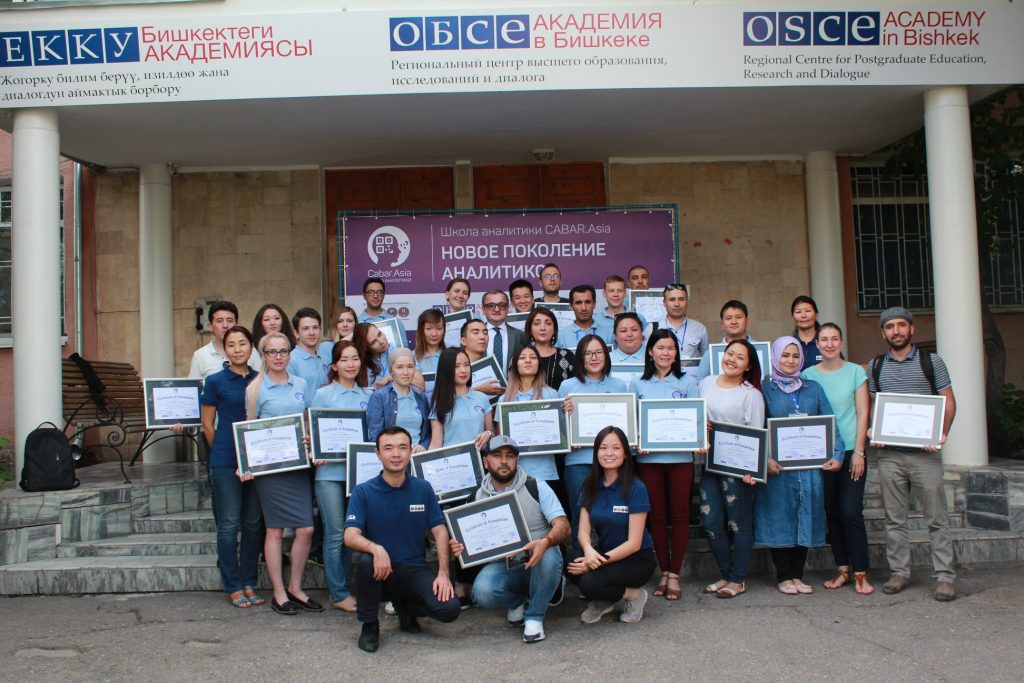The expiring year was filled with pivotal events for Central Asia: currency rate fluctuations and new vectors of diplomatic relations, conflicts on religious ground and violations of children’s right for education, destruction of historical objects and complexity of the pension system.
Follow us on LinkedIn
About 150 articles from journalists have been published on CABAR.asia for this year. Along with experts we are analyzing trends, trying to look at from different angles, monitoring and forecast current events.
What will Central Asia be remembered for in 2018? CABAR.asia presents a review of the best of journalists’ materials. See also: Review of the best CABAR.asia analytical publications in 2018Kazakhstan: Tenge Can Only Fall But Not Strengthen
Kazakh economy is somewhat dependent on world oil prices. The fall in cost of a barrel almost always causes another fall in the country’s currency, however increase of the world oil prices doesn’t cause a corresponding increase.
It’s not the first year Kazakhstanis are worried about this issue because the large part of the family budget is spent on imported goods. Thus people’s real income is diminishing as a result of the fall of Tenge even despite salary and allowance recalculations.
Uzbekistan: why national currency is strengthening
Unstable national currency is a matter of concern in Uzbekistan also. This summer the Sum has risen but prices have kept increasing. Besides, the strong Sum affects labor migrants’ family budget. Their remittances are the only source of income for their families in Uzbekistan. Also, for the country it’s a second important source of foreign currency after export.
Experts don’t even dare to explain and forecast fluctuations of exchange rates telling that this is inauspicious.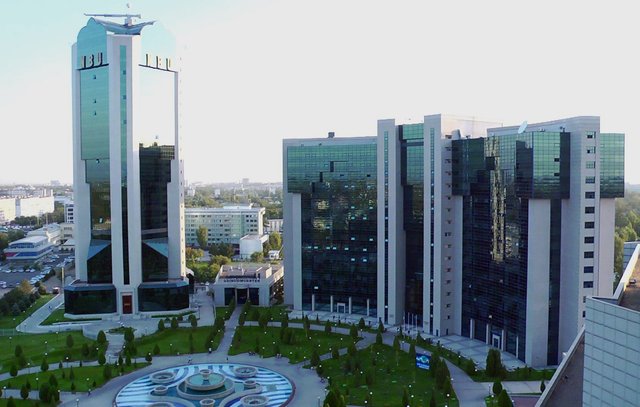
When Will the ‘Honey Moon’ Between Uzbekistan and Tajikistan End?
This summer during the visit of the president of Tajikistan to Uzbekistan, the two leaders signed a strategic partnership agreement between the two republics. Yet despite the demonstration of good intentions, there are still many unresolved issues between the countries and some of them are viewed quite differently by the parties, analysts say.
There is an opinion that the “honeymoon” will soon evolve into complicated routine and constant talks about a breakthrough “compared to the previous 25 years” and that it will stop delivering dividends.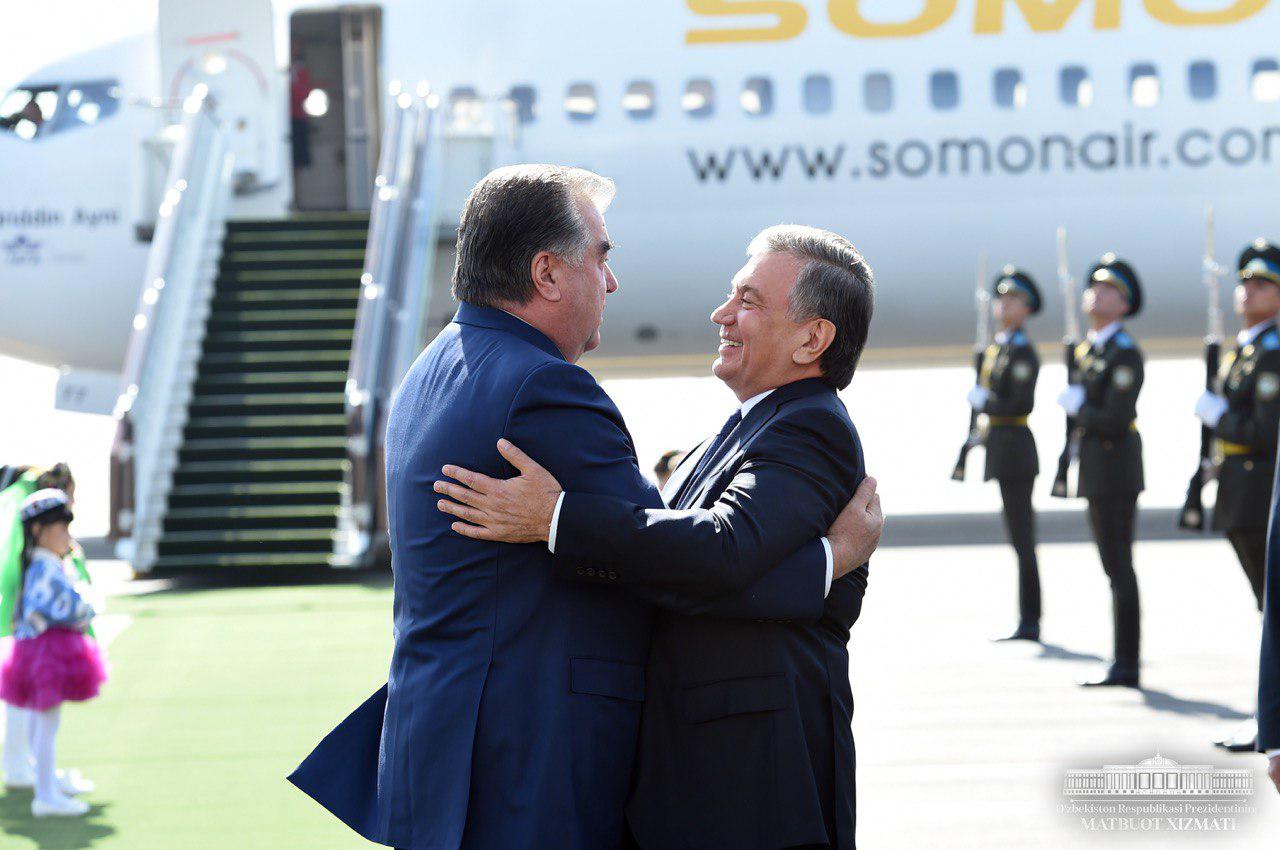
Badakhshan: Who Destroys Historical Sites?
There are about five thousand foreign tourists who visited the Gorno-Badakhshan Autonomous Region of Tajikistan this year. They were attracted by unique mountain landscape and historical monuments that the country may lose soon. Border guards use ancient fortresses as a toilet or pasture, locals and sometimes foreigners destroy tombs searching for gold and jewels to sell them on the black market.
As it stands, no one has been brought to justice for the destruction of these Badakhshani historical monuments.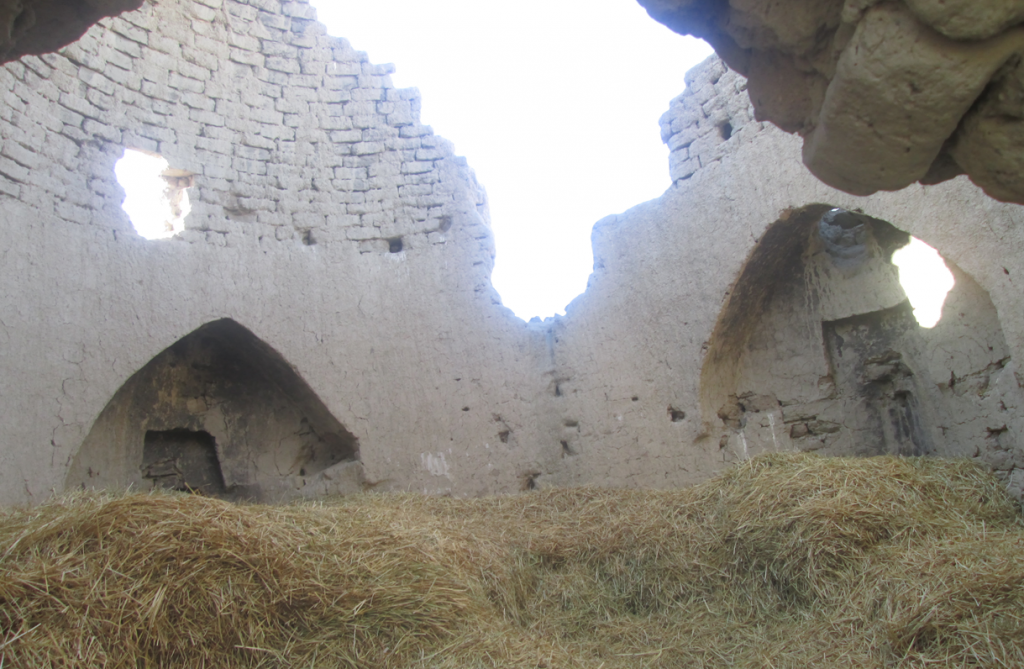
Tajikistan: Pain and Resentment of the Highlanders
The hard-to-reach quality of Tajikistan’s Gorno-Badakhshan Region geography is the main cause of the region’s social, legal and economic problems. The President of Tajikistan Emomali Rahmon criticized the regional authorities for criminal outrages and replaced the regional leadership and security force chiefs. He ordered them to correct the mistakes and withdraw weapons from the population.
The subsequent large-scale law enforcement campaign in Khorog was accompanied by various incidents and misunderstandings between the authorities and the local population. Experts say that Dushanbe has to eliminate the causes rather than to fight with the consequences.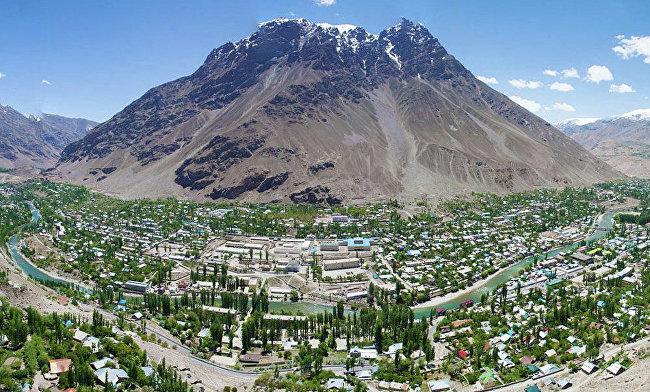
Fate of Kyrgyz Proselytes: Beaten, Buried Three Times
On October 16 this year, three drunk young men broke into the house and attacked a 25-year-old young man in Tamchy village of Issyk Kul oblast, Kyrgyzstan. This is a version suggested by the family of the man who was beaten. He was a Kyrgyz proselyte and practised Christianity. This is not the first conflict of this nature on religious grounds. Experts say that, locally, people take Kyrgyz proselytes as betrayers not only of religion, but also of memory about ancestors and motherland.
According to human right activists there are few reasons for the growing religious intolerance, but the main one is the lack of prosecution for such actions.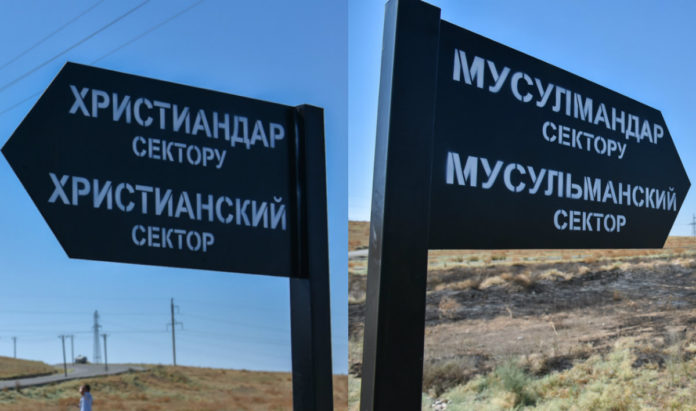
Clothing of Discord. How Kazakhstan Struggles against Wearing Hijabs at Schools
The conflict between parents of Muslim girls and school administrations has intensified in Kazakhstan. A few trials in the west of the country have ended in favour of the ministry of education that has banned wearing religious accessories at schools. Those parents who keep on sending their girls wearing traditional Muslim veils to schools have been not only fined, but also placed under administrative arrest. Pupils are often not allowed to attend classes.
Human rights defenders say that the state violates the rights and liberties of a child when it shuts the school doors on them. They encourage the government to think how to resolve the situation.
Uzbekistan: People with Disabilities Don’t Fight for their Rights
In Uzbekistan, people with disabilities encounter many difficulties. Only 3% of buildings are adapted for people with disabilities in Tashkent, and 2% in the country (in regional centres). The state designs and builds facilities without regard to the needs of people with disabilities. They don’t go outdoors and don’t fight for their rights, experts note. The laws are enforced only on paper.
Meanwhile, according to official statistics there are 650,000 people with disabilities in Uzbekistan and 40,000 in Tashkent.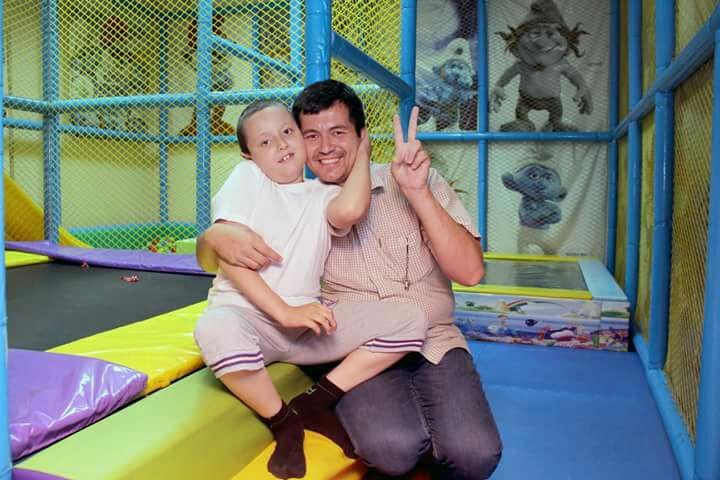
How Pension System Works in Kyrgyzstan
According to the National Statistical Committee, Kyrgyzstan has around 673,000 pensioners of various categories. Almost every quarter of them has a pension that is below the living wage. But it’s not that simple to define how the Social Fund calculates the pension amount. Especially considering that it consists of three portions: basic, insurance and funded.
We have figured out how the pension system works in Kyrgyzstan and who can retire early.
CABAR.asia School of analytical Journalism completed
This year 28 journalists from Uzbekistan, Kazakhstan, Tajikistan and Kyrgyzstan completed the training on analytical and investigative journalism. The Institute of War and Peace Reporting (IWPR) has developed an intensive 10-day program for participants. As a result of the School they have proposed themes and developed a plan of their analytical articles and investigations that were published in the media they represent and on CABAR.asia analytical portal.
CABAR.asia School of Analytical Journalism is the first stage of 3-year IWPR project designed to train a new generation of analytical journalists in Central Asian countries.